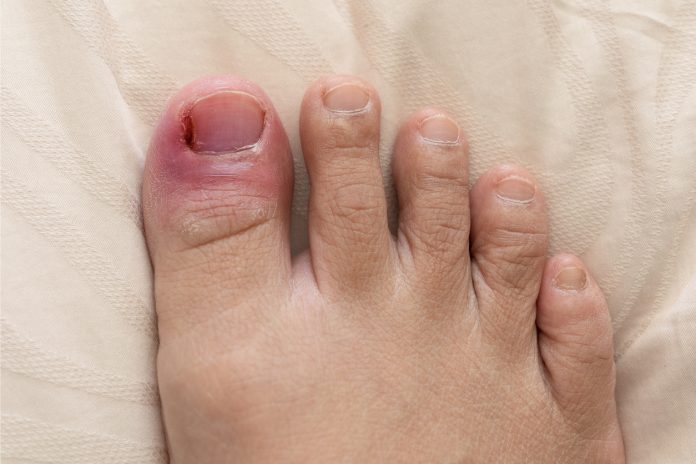Your feet and their problems may not be a primary concern as you try to deal with your day-to-day problems. As they remain tucked away in your shoes, they often do not receive priority treatment. This may lead to simple issues like overgrown nails festering if ignored. This may worsen discomforting conditions like ingrown toenails. If you happen to have an ingrown toenail Midtown East, the article below will provide great insight into the topic.
What are Ingrown Toenails?
An ingrown toenail is a typical foot problem in which the side of the corner of your toenail grows into the soft part of your toe. This usually happens to your big toe and often accompanies pain and discomfort. However, this can also happen to your other toes.
Signs and Symptoms of an Ingrown Toenail
Some of these symptoms may include:
- Inflamed skin
- Pain and tenderness
- Swelling
- Infection
When your toenail curves into your toe, your toe is highly likely to get infected. Signs of an infected toe include:
- A hot or shivery sensation
- Pus coming from your toe
You could try to treat your ingrown toenail at home, but it should be done after soaking in a warm, salty bath to reduce the chances of infection and soften the skin surrounding your toe.
If you cannot cut it out, or it is too painful or too infected, you should see your local physician. Other situations that may warrant a visit to your doctor are as follows:
- If you feel hot, shivery, or have a very high temperature
- The ingrown toe is too painful, swollen, or has pus coming from it
- You have an underlying condition like diabetes in which foot problems may cause severe complications
Diagnosis and Treatment of an Ingrown Toenail
Your local physician looks at your symptoms and physically examines the nail and the surrounding area to diagnose the condition.
Treatment by your health care provider may involve:
- Lifting your nail- Your nail edge may be carefully lifted, and a splint, cotton, or dental floss is placed underneath. This provides separation between the skin and the nail, helping the nail grow back between three and ten weeks. You will need to soak the toe every day and replace the material underneath. A collodion-based cotton substance can be put underneath as it does not require daily replacement.
- Partially removing the nail- For infected ingrown toenails with pus, some portion of the nail and pus-filled tissue may be trimmed off.
- Removing the nail and surrounding tissue- If this ingrown toenail problem is recurring, your doctor may suggest removing a large portion of it and the nail bed. The procedure will be performed by numbing the toe using a laser or a chemical. This procedure inhibits your nail from growing back.
Following these procedures, you should treat your toe with great caution as it heals and grows back to its proper position. An ingrown toenail may be uncomfortable, but it worsens with time; therefore, the earlier you seek medical attention, the less distressing your situation will be. You can check us out online or call our offices in Midtown East, NY, to book a consultation.



















